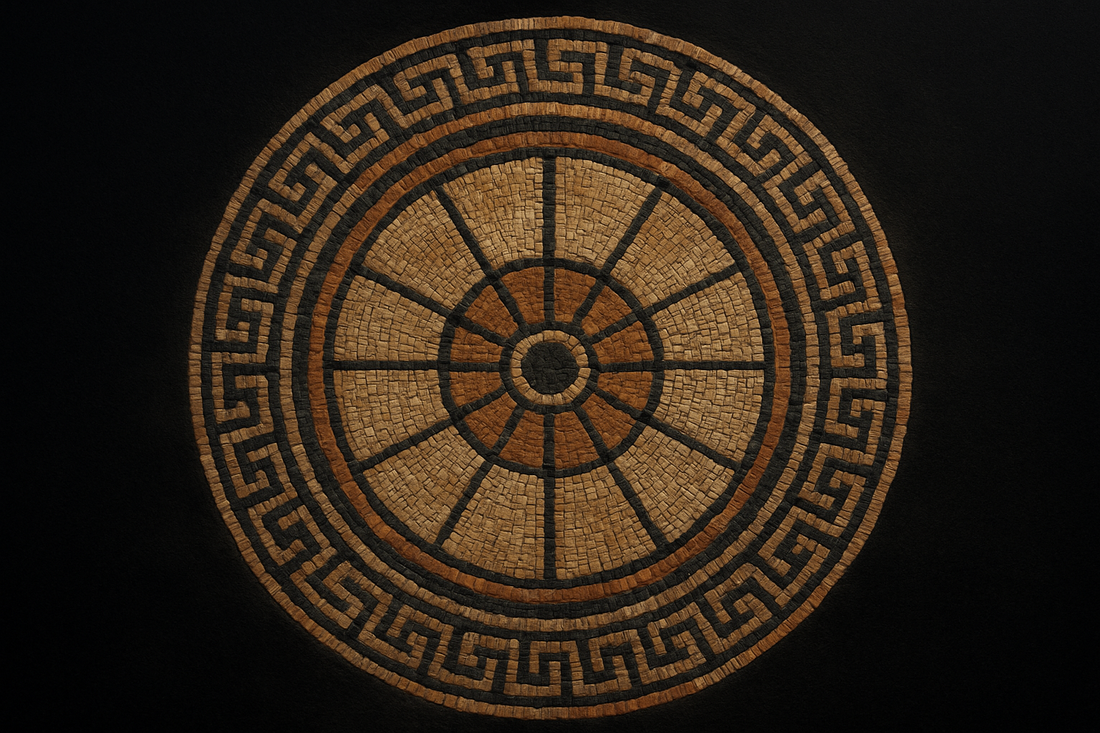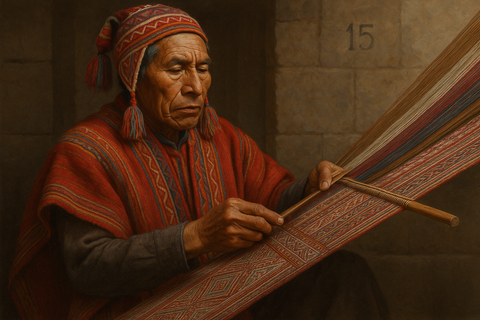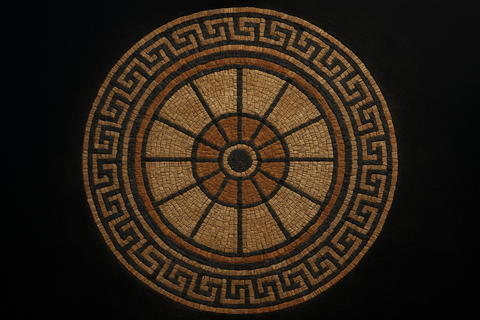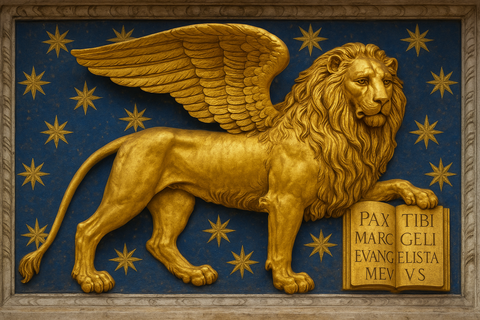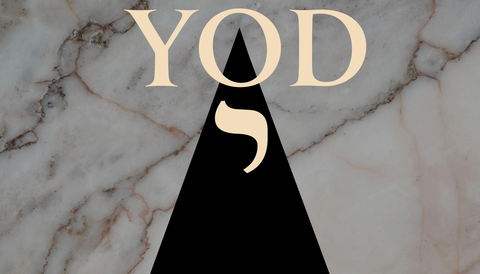In astrology, the twelve houses are divided into three categories according to their relationship to the major angles of an astrological chart: the Ascendant, the Midheaven, the Descendant, and the Imum Caeli. This classification subdivides the houses into angular, succedent, and cadent houses, a distinction that originates in Hellenistic astrology and was adopted by medieval and Arabic traditions.
These categories are important in the sense that a planet's position in any of these three groups modifies the force with which it expresses itself . A planet in an angular house (visible and active) is not the same as a planet in a cadent house (where its influence is perceived more indirectly or procedurally). Understanding this division is essential to understanding the dynamics of any natal, composite, planetary revolution, or any type of astrological chart : it shows where there is an impulse for action, where processes are consolidated, and where something enters transition.

The Angular Houses (I, IV, VII, X): Power
The angular houses are named after the angles of an astrological chart, since an angular house always begins after an angle. For example, the Ascendant is the beginning (or cusp) of the 1st house, the Imum Coeli of the 4th, the Descendant of the 7th, and the Midheaven of the 10th . The term comes from the Greek kentra and the Latin anguli , meaning "corners" or "cardinal points." Thus, the angular houses are the pillars of any chart, the places where energy manifests most directly.
Planets located in these houses are considered strong because they have visibility and the ability to take immediate action . They are associated with beginnings and decisions: what begins here drives the rest of the chart's development.
This power was emphasized in Hellenistic astrology. Ptolemy , in his famous Tetrabiblos , stated: “The angular houses are the most powerful, because they are at the angles of the horizon and the meridian, and the planets located there exert their influence more clearly.” Vettius Valens , in his Anthology , maintained: “The angular places are vigorous and effective. There the planets act with force, because they are in positions that make the invisible manifest.” Later, in the Arabic tradition, Abū Ma'shar wrote in the Kitāb al-Mudkhal al-Kabīr : “The planets in angles are like kings on their thrones: what they indicate is clearly shown and governs the course of life.”
In practical terms, the angular houses speak of the essential axes of existence:
• The first house shows vitality and the way we project ourselves.
• The 4th house connects with origins and home.
• The 7th house opens to relationships and pacts.
• The 10th house indicates the place we occupy in society and our public career.
They are the points of action and definition: where life moves with greatest intensity in any astrological chart.

The Successor Houses (II, V, VIII, XI): Consolidation
The name succedent houses comes from the Latin succedere , meaning "to follow." They are so named because they follow the angular houses : every time a planet rises in the Ascendant or culminates in the Midheaven, the following house is a succedent. They represent what follows the initial action, the process of consolidating, accumulating, and giving continuity.
Their importance was already recognized in Hellenistic tradition. Dorotheus of Sidon noted that the planets in these houses have an intermediate strength : they are not as visible as in the angles, but neither are they as weak as in the cadent ones. Vettius Valens also describes them as places of stability , with the ability to "nourish" what was initiated in the angles.
In the Arab and medieval tradition, authors such as Al-Biruni emphasize that successive houses function as support: they are places of resource , where what has already begun is developed. They do not act with the immediacy of corner houses, but they offer the solidity necessary for something to endure over time.
In practical terms, each succedent house shows an area where stability and sustenance are sought:
• The 2nd house speaks of resources and material security.
• The 5th house reflects creativity, pleasures and offspring.
• The VIII house refers to shared assets, inheritances and transformations.
• The 11th house is related to collective support, friends and future projections.
The succedent houses are then the foundation upon which what was initiated in the angles rests: they give body, support and continuity to the processes of any type of astrological chart.

The Cadent Houses (III, VI, IX, XII): Dissolution
The name of the cadent houses comes from the Latin cadere , meaning "to fall." They are so named because they fall from the angles toward a less visible part of the sky . In Greek, they were called apoklima , literally "that which declines" or "that which recedes."
Traditionally, these have been considered the houses of lesser power . Planets located here lose some of the visibility and power they would have in angles or successors. However, their value remains: they are houses associated with transition, internal processes, learning, and what requires elaboration before bearing visible fruit.
In the Hellenistic tradition, Firmicus Maternus (4th century) noted that cadent houses are relatively weak because the planets there "deviate from their main course." Vettius Valens , for his part, also classified them as places where the action becomes more diffuse or inconstant.
However, not all tradition was negative. The third house was called "the house of the Goddess" ( thea ), associated with popular religion, daily rituals, and the protective deities of daily life. The ninth house was recognized as "the house of God" ( theos ), associated with visions, journeys, and revelations. This shows that, although cadent, these houses are also a bridge to the spiritual and symbolic.
In the Arab tradition, this view was continued: it was emphasized that they are houses of testing, change, and preparation. Al-Biruni , in his Book of Instruction , describes them as the weakest, but necessary in the scheme because they represent what declines and gives way to what follows.
In practical terms:
• House III connects with learning, close ties, and mobility.
• The 6th house with daily work, health and obligations.
• The IX house with faith, the foreigner and the search for meaning.
• The 12th house with the occult, confinement and the end of cycles.
The cadent houses then show what is being transformed or dissolved : they are not spaces of immediate action, but of preparation and transition.

Appendix: Hellenistic House Names
Home |
Hellenistic name |
Meaning / Association |
|
Yo |
Life ( zōē ) |
Vitality, body, beginning of existence |
| II |
The Gate of Hades ( pulē Aidou ) |
Resources, what sustains material life |
| III |
The Goddess ( thea ) |
Popular religion, daily rituals, close ties |
| IV |
The Foundation / Underground ( hypogeion ) |
Origins, home, ancestors |
| V |
Good Fortune ( agathē tuchē ) |
Pleasures, children, creativity |
| VI |
Bad Fortune ( kakē tuchē ) |
Illness, servitude, effort |
| VII |
Sunset ( dysis ) |
Marriage, pacts, declared enemies |
| VIII |
Inactivity / Lethargy ( aergia ) |
Death, inheritances, shared resources |
| IX |
The God ( theos ) |
Faith, vision, long journeys, revelations |
| X |
The Middle of Heaven ( mesouranēma ) |
Public action, reputation, achievements |
| XI |
The Good Daimon ( agathos daimōn ) |
Friendships, support, hopes |
| XII |
The Bad Daimon ( kakos daimōn ) |
Isolation, tests, hidden enemies |

